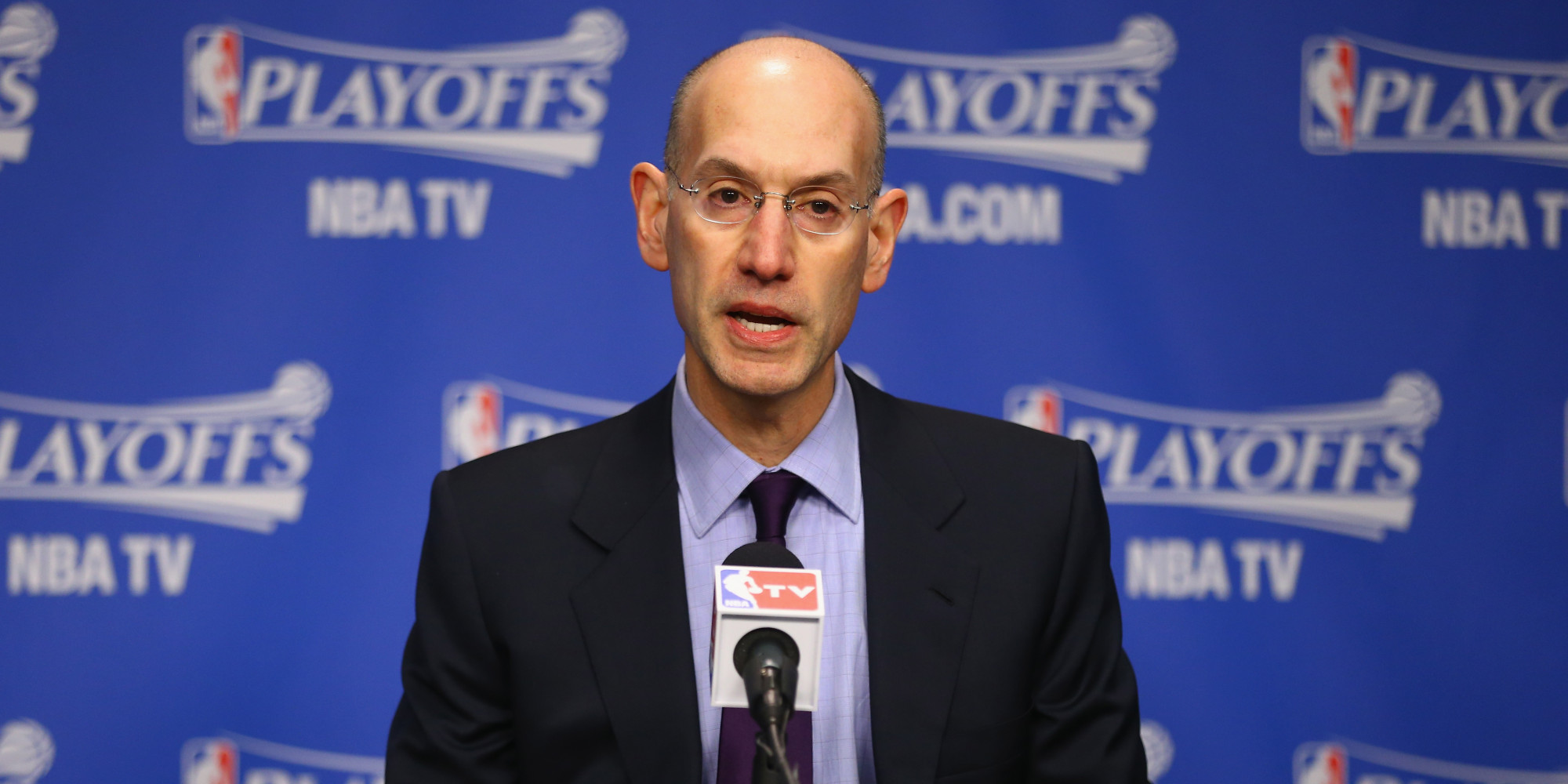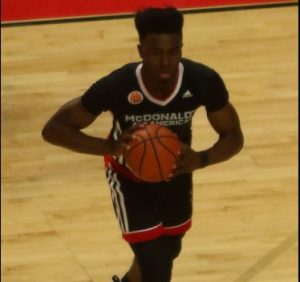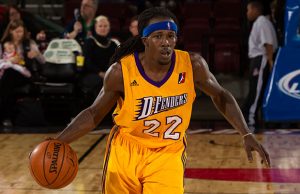The NBA is taking steps this year to improve the quality of regular season games. Over the course of the summer, a myriad of changes have been approved, including modifications to in-game rules, levelling of lottery odds, punishments for resting healthy players, and some impactful scheduling tweaks.
In Game Changes:
The timeout system has been completely overhauled. Commissioner Adam Silver stated that the new structure was implemented to enhance “the pace and the flow of the game.”
Previously, there was a maximum of 18 combined timeouts in a single game. The total has been reduced to 14 by eliminating two potential mandatory timeouts per team, but each timeout is now listed to be 75 seconds long rather than the mixture of 90 and 20 second timeouts from years past. Perhaps the most significant change, though, is the reshaping of the 4th quarter. It is a common criticism that the final minutes of a game can last much longer than they should. To combat this, the league has throttled the number of available timeouts to a maximum of four per team during the 4th quarter including no more than two in the final three minutes.
These changes will make the average regular season game much more watchable. In the past, the game’s final two minutes have been substantially longer than any other segment due to the barrage of hack-a-Shaq fouls and tactical timeouts. The timeout cap aims to streamline this behavior so as to keep the intensity flowing in a game’s most climactic moments, and more quickly conclude games that are not close.
The Draft:
Last Thursday, the board of governors approved a new set of lottery odds to begin in the 2019 NBA draft. These changes are targeted at tanking, an extreme case of when teams trade their players for assets and build solely for the future. In recent history, the Philadelphia 76ers have refused to improve their roster for years on end while accumulating top tier draft picks. And even for teams that didn’t fully commit to years of losing, as the season came to a close, it was logical for non-playoff teams to lose their remaining games for an advantage in their draft odds.
Adrian Wojnarowski tweeted a convenient chart to compare the old and new draft scheme. The teams with the worst records now have decreased odds at top picks and mid-tier teams have a better shot. Whereas the old odds were extremely top heavy, (the worst team had a 25% change at the first overall pick, second worst had 19.9%, third worst had 15.6%, etc.), the new rules give the bottom three teams an equal 14% chance at the coveted number one overall and an equal 40% chance to land a top-three pick.
Whether or not tanking benefits teams in the long run, Commissioner Silver has expressed that he does not want to incentivise losing. The debate is still alive for fans however, as some argue that the potential payoff is well worth the wait and that the undertaking can even prove exciting. While the draft changes may not immediately disarm the strategy of tanking, the “race to the bottom,” as Silver puts it, may be slowed down.
Player Rest:
For the first time in league history, there is an explicit punishment for resting healthy players. Fines have been assessed before for dismissing games for a multitude of players, but, under the new rules, any team that rests a single “healthy” player in a nationally televised game will be fined a minimum of $100,000.
The movement to sit players regardless of their injury status largely comes from Spurs head coach Gregg Popovich, who is notorious for his commitment to resting players. In one comical instance in 2012, Tim Duncan was out with a listed condition of “DNP – Old.” Fivethirtyeight reported that between April 2006 and March 2017, there were 609 instances of players sitting with “rest” being the recorded box score condition. Popovich’s players accounted for 113, almost one fifth, of those rested games.
Complaints about healthy players skipping games are a common occurrence. Outspoken former players such as Karl Malone, Charles Barkley, and commentator Jeff Van Gundy have repeatedly questioned the practice. They state that fans are being overlooked, having spent money on their tickets or network access and then not receiving the product that was paid for.
The issue is not as clear-cut as it may seem, however. Coach Pop has defended his actions by arguing he strategically chooses games to extend the career of his players. He posed the question “Do you want to see this guy in this one game or do you want to see them for three more years of his career?” And, while it’s unfortunate for the fans may not get to see their favorite players, an 82 game season over the course of nearly eight months is a grueling schedule that may simply require abrupt intermission.
This spring, two games got national attention for star players being rested. In the first, all of Stephen Curry, Klay Thompson, Draymond Green, and Andre Iguodala were on the bench in a nationally broadcasted matchup against the 2-seeded San Antonio Spurs. Soon after, the Cleveland Cavaliers sat their entire big three of Lebron James, Kyrie Irving, and Kevin Love in another nationally broadcasted game despite all of them being healthy. The occurrence seemed to be getting out of hand for Adam Silver, as he responded by issuing a memo to league owners describing the resting as an “extremely significant issue.”
Other solutions have been raised in the past. Most notably and most controversially is to shorten the regular season down from its current 82 games. Seeing as how the league has already made their decision, however, the suggestion seems to have been shirked off for now. The solution of using fines as reasoning to play games is dubious at best; questions will arise with how these fines will be appropriated – considering it is nearly impossible to differentiate between a player who is injured and one who is merely pretending so as not to get fined. Time will tell whether the fines steer the league in the direction that Silver and many former players hope for.
Schedule Adjustments:
At long last, the preseason has been shortened to four games for each team, allowing for the regular season to start sooner and stretch over a longer period of time. In turn, the NBA has eliminated the need for any one team to play four games within the span of five nights. Players have reacted positively to these cuts, as they have little regard for the exhibition games played prior to the season, and many cite the proximity of games to be a limiting factor throughout the year. The stretching of the regular season is a move in the right direction for players and fans alike.
Furthermore, the trade deadline has been moved up two weeks. This may have been incited by this past year’s fiasco involving Demarcus Cousins. Rumors began swirling that the Kings center would be dealt before the 2017 trade deadline, but Sacramento GM Vlade Divac denied the possibility of such a trade, saying bluntly “We’re not trading DeMarcus.” Weeks later, Cousins was seemingly notified of his trade during an interview at the all-star break in New Orleans.
It’s encouraging that Silver and the board are not afraid of change. While we will have to wait and see whether some of the changes enacted will have positive or even any effects on the NBA, the league is reassuring its fans that it is conscious of their voices. The pace of the game, competitive teams, and resting of players are all matters that affect the fan experience. Even if the league changes in unexpected or negative ways, it’s clear that Silver and co. are committed to making progress.





